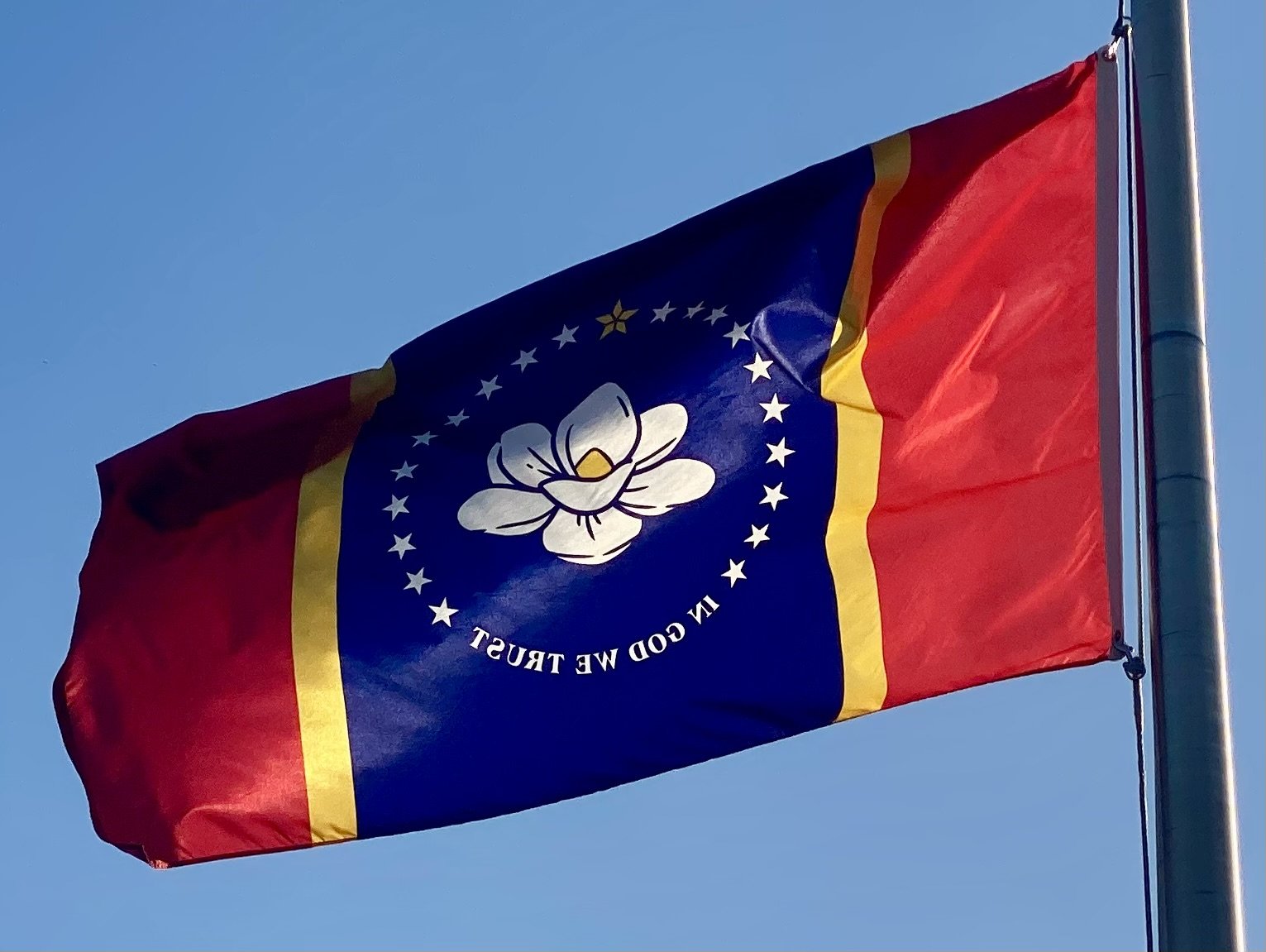

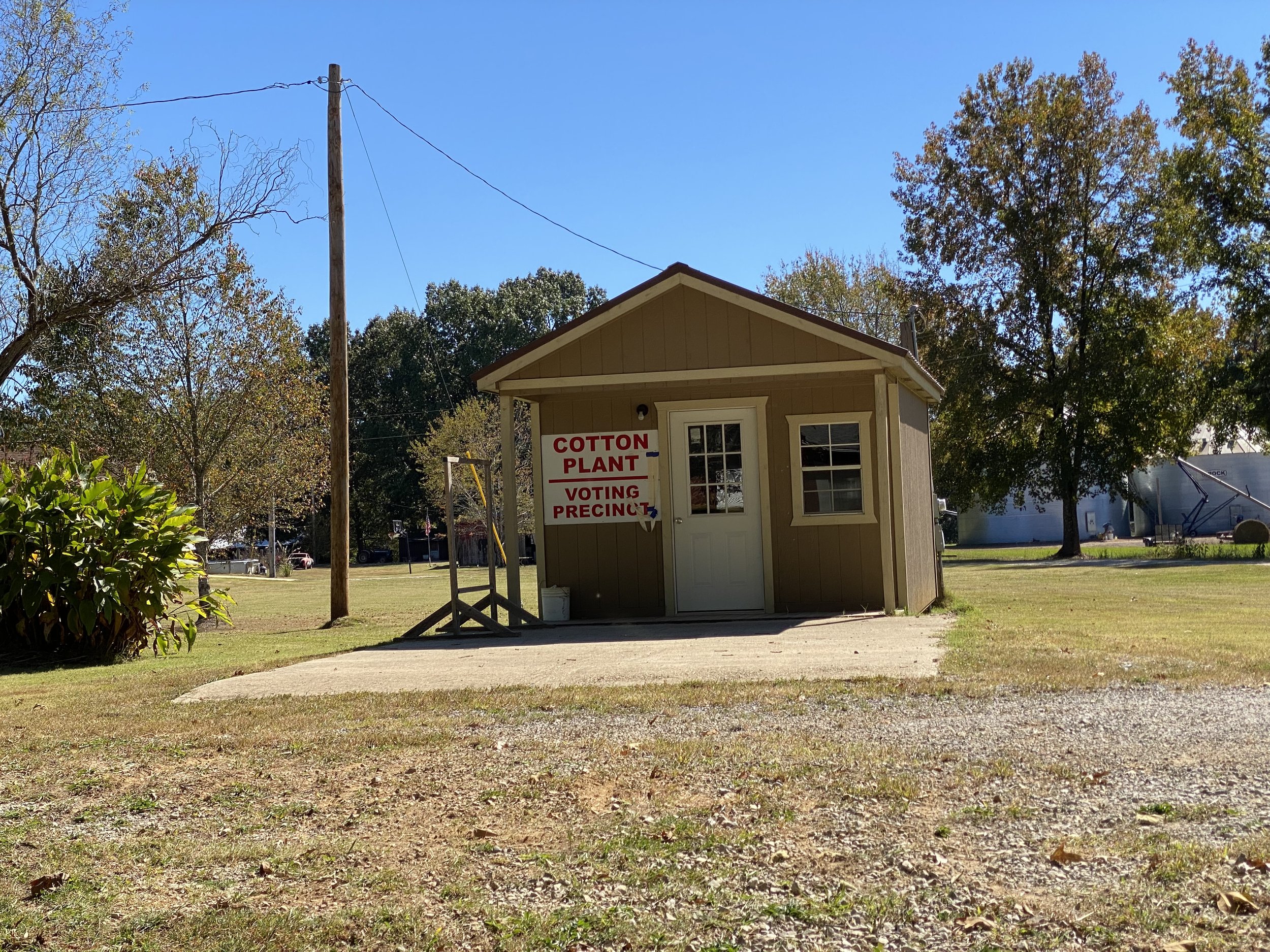
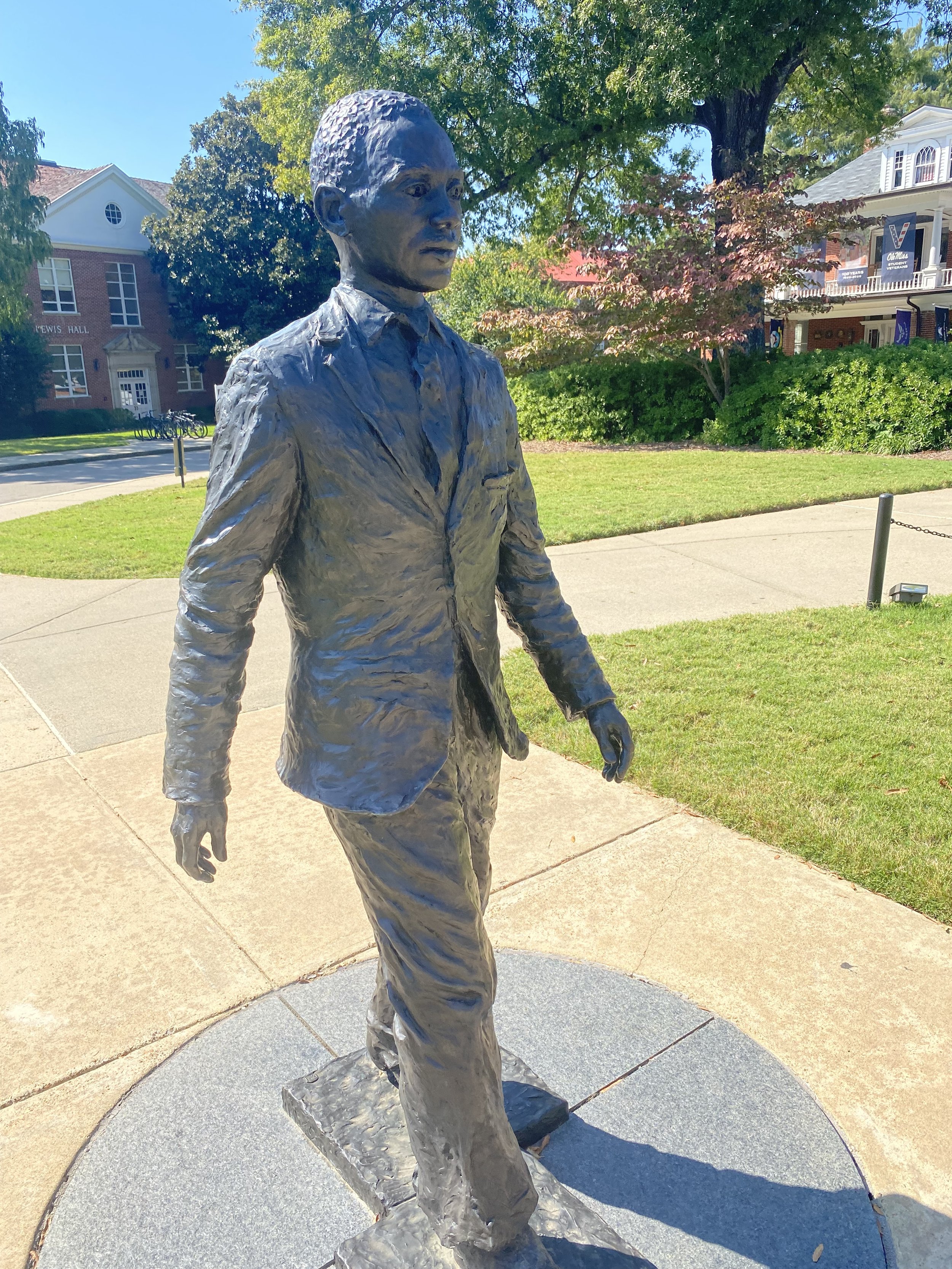
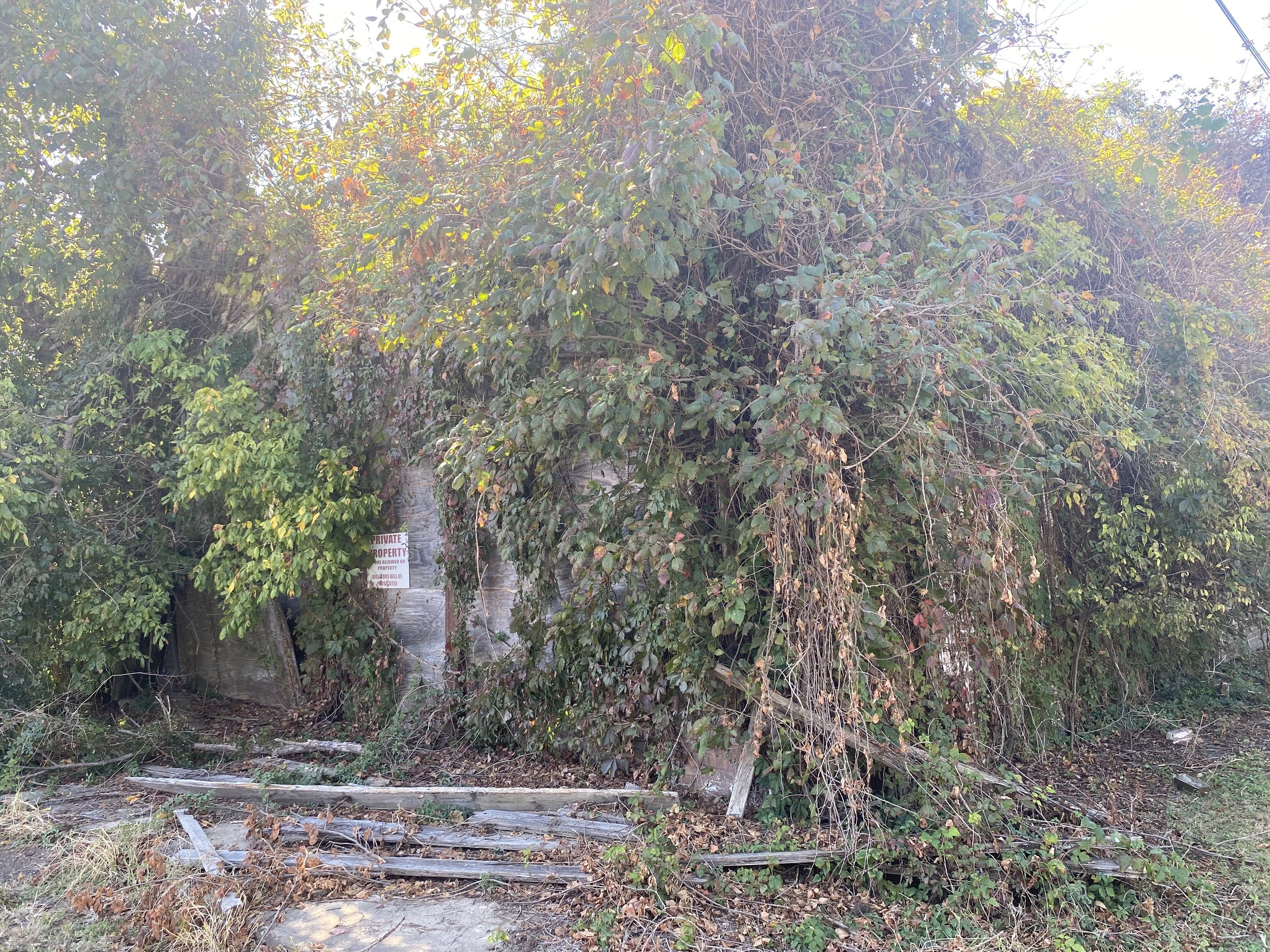
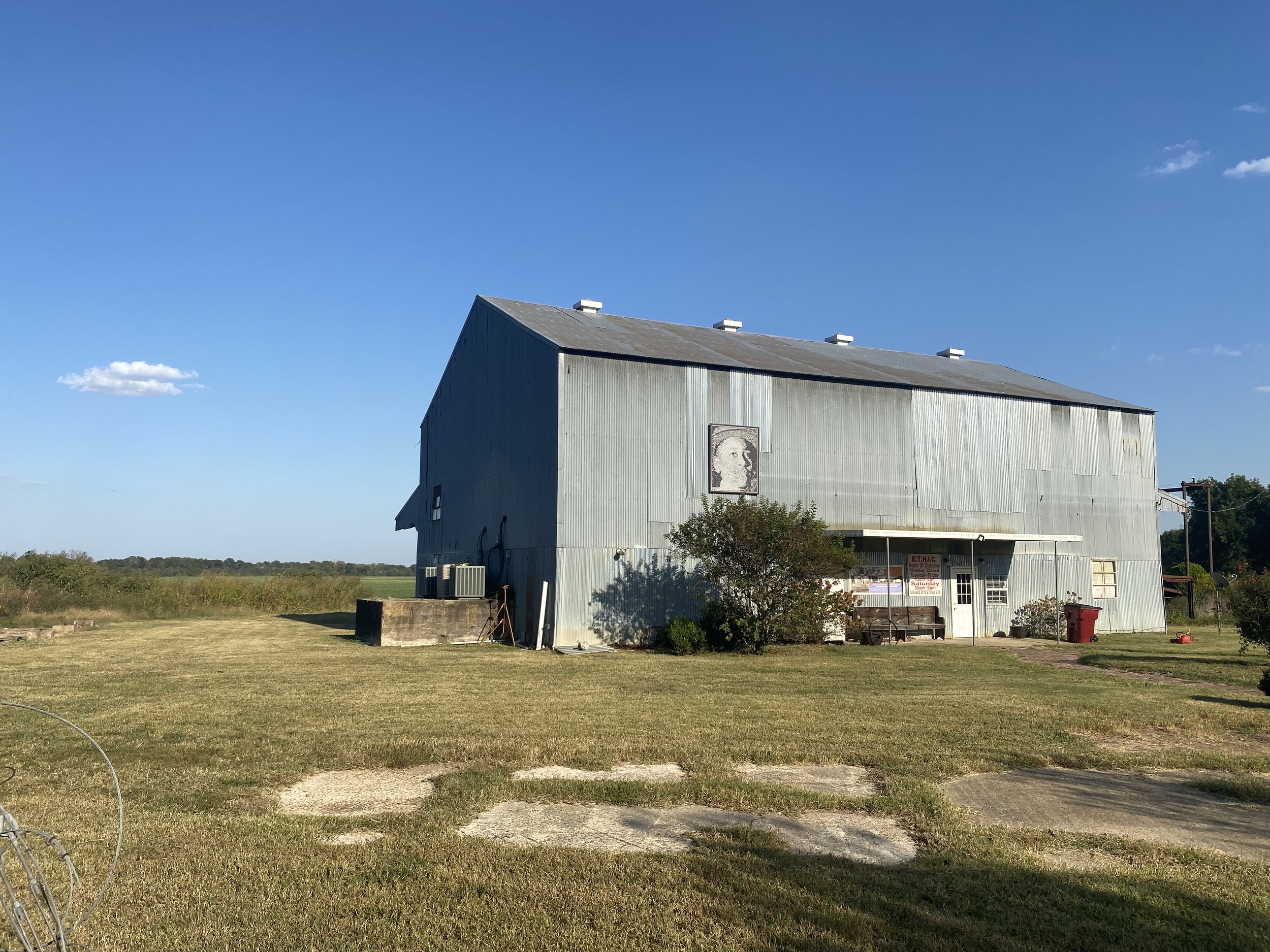
Blues and Roots
Part 1: Mississippi
Dec. 2, 2022
I return to Mississippi during a rough patch for the Magnolia State. The water system collapsed this summer in Jackson, the legacy of the white power structure’s decades-long neglect of its majority-black capital city. NFL legend Brett Favre was caught funneling millions of tax dollars designated for welfare into a college sports facility and his own pockets. On abortion and other issues, Mississippi continues to lead the way in the wrong direction.
Then again, Mississippi’s road has historically been nothing but rough spots, at least over the last 150 years.
Still, I was charmed by Mississippi when I last passed through four years ago. I’d paddled a lazy bayou, sifted the white Gulf Coast sand, wandered through river towns, like Natchez and Vicksburg, where history is all they’ve got left, and hung out in Clarksdale, a city in the heart of the Delta struggling to forge a future sustained by the Blues.
I return on the trail of some family history. My mother was born in Cotton Plant, in the northern, slightly hilly part of Mississippi. My grandfather built churches and founded a school near Ripley a hundred years ago. Oma Grier Davis, my grandfather, moved on in 1926 after the first class graduated from what he named the Peoples Consolidated School. Some folks remembered, at least as late as 1986. That’s when my mother received a letter from Mrs. May Jumper of Peoples Road in Ripley, seeking information for the library and historical society. “Without your family there would not have been any Peoples Church and School,” she wrote. Her sister named her oldest son Oma in honor of my grandfather, she said, and they still have a Peoples reunion every October.
Ripley is a quiet county seat with a courthouse square right out of a John Grisham novel – not surprising, since Grisham grew up here. I consult with a Ripley librarian, but whatever history his predecessor gathered in 1986 is nowhere to be found. “I don’t know anything about a school, but I know the Peoples Community,” he says. I follow his directions, hoping to find signs of the school or church my grandfather had built with his own hands. I find Peoples, which is little more than a wide spot in the road, with Peoples Baptist Church and Peoples Community Cemetery. My grandfather, was a Presbyterian, and the building looked younger than 1922, but it could have descended from his church. I could find no grave in the cemetery older than 1922, which backs up the story that the school came first and the community grew around it.
I drive through Cotton Plant, where my mother was born, likely in a rented house without electricity or plumbing. There’s a sign by the side of the road, and a cute little polling place, but that’s about it.
I head south to check on an earlier chapter in the Davis story. My grandfather’s grandfather owned land outside Oxford back before the Civil War. The Davises, who had come from the Carolinas in 1838, lived in Mississippi 20 years before moving further west to Arkansas in 1859. I head toward Route 202, looking for traces of my forebears. GPS shows an Old Shiloh Cemetery, which my ancestors helped build on a corner of their 160-acre tract, so I know I’m in the neighborhood. But when the GPS tells me I’m on top of it, all I find is a locked chain-link fence and a No Trespassing sign. I drive several miles along the fence line and can find no driveway, no signage and no access to the old graveyard that might hide within.
There’s no traffic on Rte. 202, no sign of houses or businesses. The scrub pine forest has surely been harvested many times since the Davises first put a sawmill here, but otherwise its almost untouched.
I’m surprised at how deep in the sticks the old Davis land seems. It’s just 20 minutes east of Oxford, which is a thriving little city, home to the University of Mississippi, with a hip, college-town business district and the usual suburban sprawl further out.
“Ole Miss,” as the University of Mississippi is known, has a lovely campus, with lots of huge magnolia trees. I park near the Lyceum, which opened in 1848 for the university’s first class, which included a Davis cousin. It served as a hospital for both Union and Confederate wounded during the Civil War.
Between the Lyceum and the library is a memorial to a different battle. Sixty years before my visit, almost to the day, racial progress met violent resistance as James Meredith became the first black person to enroll at Ole Miss. He was there thanks to a federal court order fiercely resisted by Mississippi’s segregationist governor and by the student body, which had become a racist mob. The U.S. Justice Department, led by Attorney General Robert F. Kennedy, sent federal marshals to protect Meredith. When rioting broke out on campus, President John F. Kennedy ordered troops to Oxford to restore order. “Oxford town, Oxford town, everybody’s got their head bowed down,” Bob Dylan sang.
The statue on campus shows Meredith with his head held high, just as he held up through years of campus harassment and death threats. He became the first African-American to graduate from Ole Miss and a prominent civil rights activist in the years that followed. His statue is life-sized and at ground level, a reminder that real heroes are ordinary mortals who show their courage not on high pedestals but down here on the ground.
Before leaving Oxford, I take a pleasant hike on a wooded trail leading from the campus to Rowan Oak, the stately home of that great chronicler of Mississippi’s haunted history, William Faulkner. Here, “the past is never dead,” he wrote. “It’s not even past.”
Then it’s on to the Mississippi Delta, to one of those haunted places. I drive to Money, a tiny spot on the map where, in 1955, Emmett Till’s young life ended in blood and terror.
Money is well off the beaten path, reachable mainly by dirt roads, and there’s not much to see. A historical marker stands by the side of the road on the site where Bryant’s Grocery stood. The marker looks new – previous markers have been vandalized, shot and stolen – and it tells Emmett’s story in great detail. He had just turned 14 when he traveled with his cousin from his Chicago home to visit relatives in the Delta. His mother had tried to tell him the harsh truths about life in the Jim Crow South, warned him to keep a safe distance from the white folks. But Emmett was an outgoing kid, and maybe he didn’t lower his glance when he went into the store to buy candy from Carolyn Bryant, the 21-year-old white wife of the store’s owner, Roy Bryant. He may have smiled at her, and by some reports he whistled in her direction. She later testified that Emmett “flirted” with her, a violation of the code of the Old South.
That night, Roy Bryant and his half-brother, J.W. Milam, made Emmett pay for whatever innocent thing he did. After 2 a.m., they kidnapped the boy from the house of his great-uncle. They beat him, tortured him and cut up his face. They took him to Milam’s barn, where the beating continued, then to a cotton gin, where they took an old 70-pound fan, tied it around his neck with barbed wire, and threw him into the Tallahatchie River. Three days later, Emmett’s bloated, disfigured body was discovered. A month later, an all-white jury found Bryant and Milam not guilty after deliberating just 67 minutes.
Emmett Till wasn’t the first or the last victim of this kind of lynching. The Equal Justice Initiative has documented 4,075 lynchings in the South from 1877 to 1950, and there were surely many more. The nation heard about Emmett Till because his mother, Mamie, demanded an open casket for his funeral and told his story to the national press, and because black newspapers printed photos of his swollen, mutilated face. As we’ve seen over and over again, most dramatically in the case of George Floyd, pictures fuel outrage like nothing else. Newspapers from all over the country covered the trial of Bryant and Milam – who, having been acquitted, sold an interview to a national magazine confessing their guilt – and a righteous fire was lit that became the Civil Rights Movement.
Just past the Bryant’s Store historical marker is a cheesy replica of a roadside store, with old-fashioned gas pumps out front. That’s where most tourists take their pictures. I run into a local tour guide at the marker, who shows me what’s left of the real Bryant’s Store, a bare wood wall, vine-covered and crumbling, marked by a rusting No Trespassing sign. After Till’s murder, black sharecroppers boycotted the store, which soon went out of business. At this point there’s nothing much left to save.
The guide said he’s had a lot more business in the last two years, since George Floyd was murdered. With a new movie about Till opening this month, he’s likely to get even more.
Talk turns to the blues, and a familiar topic, especially here in the Delta. Blues people talk a lot about “the crossroads,” where legend has it Robert Johnson made a deal with the devil and invented guitar blues. Most say the crossroads is the intersection of Rte. 49 and Highway 61, and Clarksdale has a big illuminated sign claiming the site. But the local guide tells me folks he knows believe the crossroads was at Rtes. 49 and 82. Parchman State Penitentiary, notorious for creating the convict-labor system that perpetuated slavery in the Delta, is on Rte. 49. It was said if you escaped from Parchman and made it to Rte. 82, you were home free, the guide explains. That’s where the guards turned around and headed back.
Down the road I stop at Glendora, where Emmett was beaten to death. Glendora was a hot spot for nightlife back in the day, but there are no signs of life today. The cotton gin has been turned into a museum telling Emmett Till’s story. A historical marker nearby tells the story of Clinton Melton, who was shot dead here a few months after the trial of Emmett’s killers. Melton’s killer was also acquitted by an all-white jury. Next to it is a sign urging voters to re-elect Rep. Bennie Thompson, the sole black member of the Mississippi delegation, in the news today for chairing the Jan. 6 Committee. “Black Voters Matter!” reads another sign.
I get back on to the road headed west, a section of Rte. 49 now called the Emmett Till Memorial Highway. That 14-year-old boy has his name on roads, schools and bridges from the Delta to Chicago. Just down the road, Greenwood unveiled another statue of Emmett in October. His story is being told, more loudly than ever, and his legacy grows. This year, Congress finally passed the Emmett Till Antilynching Act, culminating a century of efforts to make lynching a federal crime.
In Mississippi, the past isn’t even past. It’s in constant conversation with the present. In 2020, that momentous year for racial reckoning, the Mississippi Legislature voted to change the state flag. The old one was soiled by the Confederate battle flag; the new is graced by a magnolia blossom. That’s one more thing to like about Mississippi.